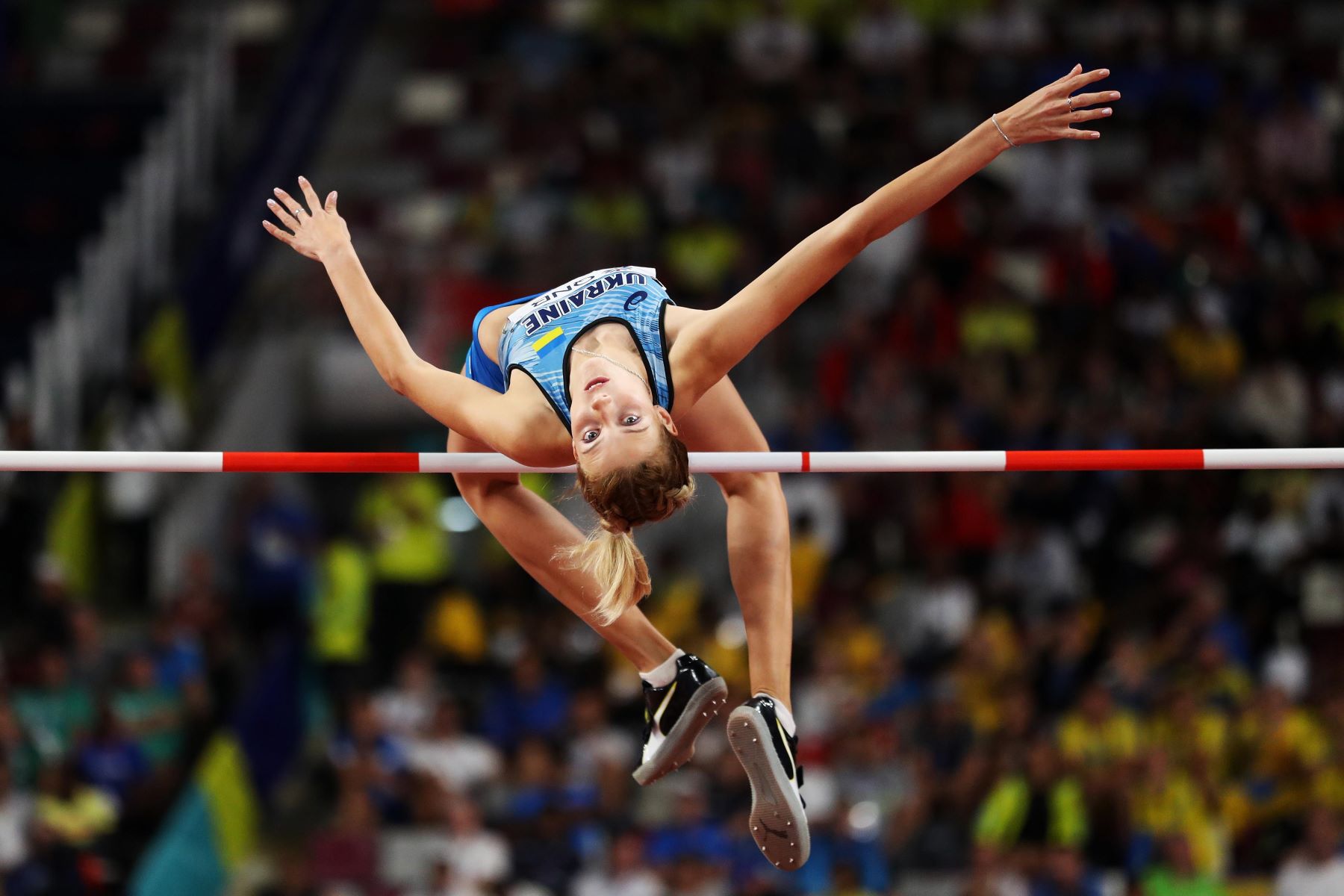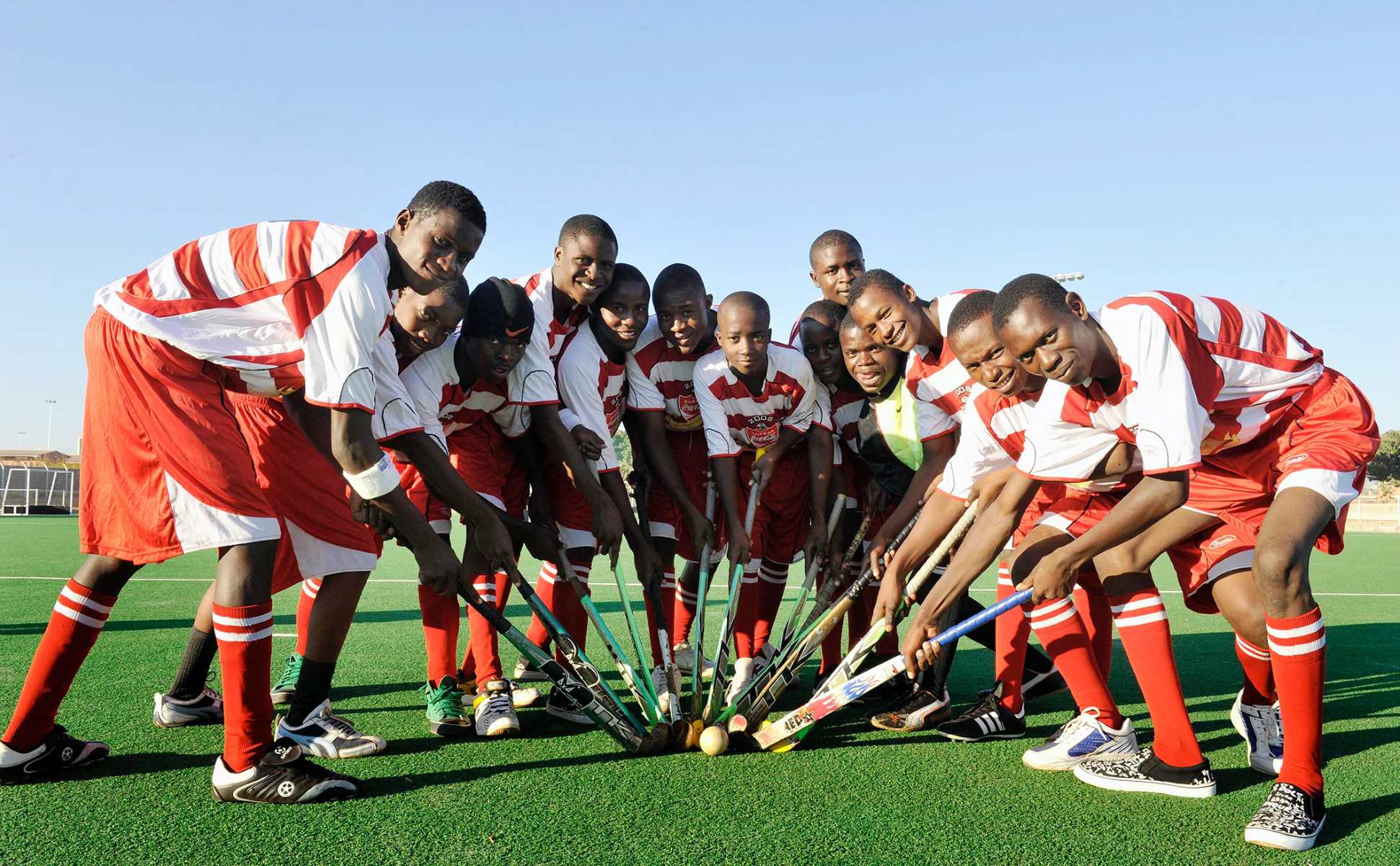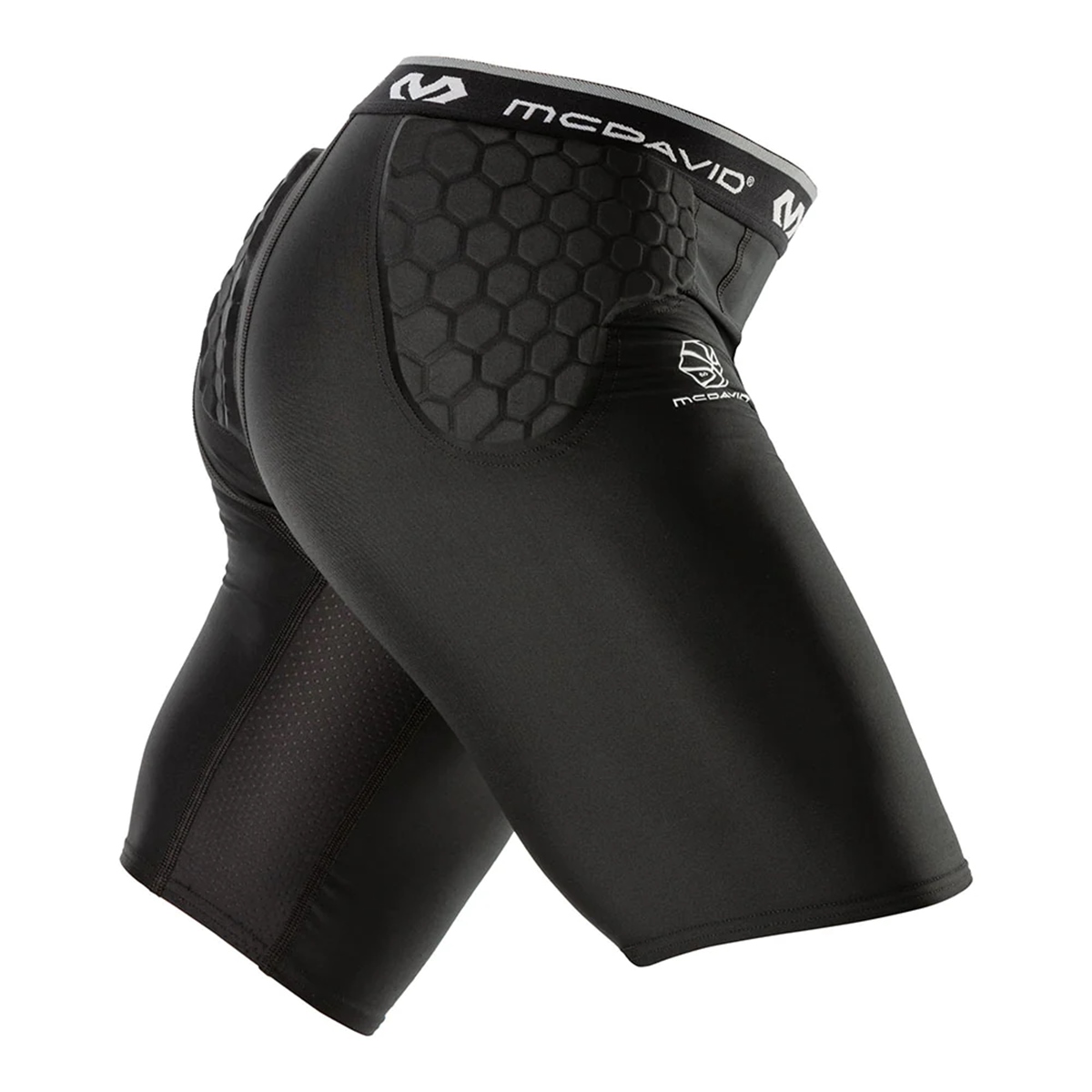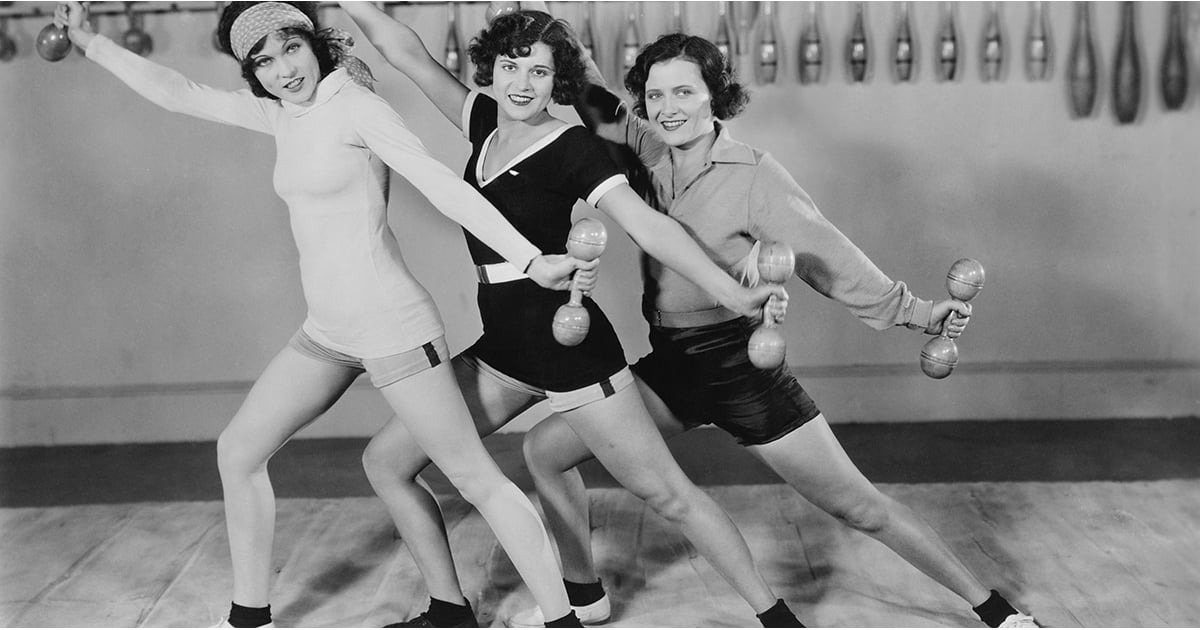Home>Misc>Featured>At What Point During Wrestling Season Should Interval Training Be Added


Featured
At What Point During Wrestling Season Should Interval Training Be Added
Modified: January 22, 2024
Discover the optimal time to incorporate interval training into your wrestling season. Find out how it can enhance performance and maximize results. Featured.
Introduction
Wrestling is a demanding sport that requires incredible physical conditioning and endurance. As the wrestling season progresses, athletes need to continually challenge their bodies to maintain peak performance. One effective method to achieve this is through interval training.
Interval training is a training technique that alternates between periods of high-intensity exercise and active recovery. It can be an invaluable addition to a wrestler’s training regimen, as it helps to improve aerobic and anaerobic fitness, increase muscular endurance, and enhance overall performance on the mat.
In this article, we will explore the benefits of interval training for wrestlers and provide guidance on when to incorporate it into your training. We will also discuss how to integrate interval training workouts into your wrestling routine and share sample workouts specifically tailored for wrestlers. However, before diving into the specifics, it’s important to understand the fundamentals of interval training and its impact on wrestling performance.
Interval training challenges the body by pushing it to its limits during intense bursts of exercise, followed by active recovery periods. This type of training not only increases cardiovascular capacity but also helps to develop the body’s ability to quickly recover and maintain high levels of intensity throughout a match.
The benefits of interval training extend beyond just cardiovascular fitness. It also improves the wrestler’s anaerobic capacity, which is crucial for explosive movements such as takedowns and escapes. By regularly incorporating interval training into your workouts, you can enhance your ability to sustain high-intensity efforts and recover faster between rounds.
In addition to physical benefits, interval training can also have a positive impact on mental resilience. Wrestling requires mental focus and the ability to push through fatigue and discomfort. Interval training can help develop mental toughness by pushing athletes outside of their comfort zones and teaching them to thrive under pressure.
Before adding interval training to your wrestling routine, several factors need to be considered. These include the wrestler’s current fitness level, training schedule, and any specific injuries or limitations. It’s essential to consult with a coach or fitness professional to determine the appropriate timing and intensity for incorporating interval training into your program.
By understanding the benefits and considerations of interval training, you can strategically implement this training technique to improve your wrestling performance throughout the season. In the next section, we’ll discuss when is the ideal time to start integrating interval training into your wrestling training regimen.
Understanding Interval Training
Interval training is a training methodology that involves alternating between periods of high-intensity exercise and active recovery. This method challenges the body by pushing it to its limits during intense bursts of activity, followed by periods of lower intensity to allow for recovery.
The concept behind interval training is to maximize the efficiency and effectiveness of workouts by incorporating both aerobic and anaerobic exercise. By combining high-intensity intervals with recovery periods, athletes can improve their cardiovascular capacity, muscular endurance, and overall performance.
During the high-intensity intervals, athletes exert maximum effort, aiming to reach or surpass their anaerobic threshold. This is the point at which the body’s demand for oxygen exceeds its supply, resulting in an oxygen debt. The active recovery periods that follow allow the body to replenish oxygen levels and remove metabolic waste products.
There are various ways to structure interval training, including the duration and intensity of the work and recovery intervals. Common methods include Tabata, where you perform 20 seconds of intense exercise followed by 10 seconds of rest, and the HIIT (High-Intensity Interval Training) method, which typically involves shorter bursts of high-intensity exercise followed by slightly longer recovery periods.
In addition to the flexibility in timing, interval training exercises can be customized to suit the specific needs of wrestlers. By incorporating wrestling-specific movements, such as takedown drills or grappling exercises, athletes can simulate the physical demands of a match and improve their performance on the mat.
Interval training offers several benefits for wrestlers, including improved cardiovascular and anaerobic capacity, increased fat burning, enhanced muscle endurance, and greater mental resilience. Regularly incorporating interval training can help wrestlers maintain a high level of performance throughout the wrestling season and be better prepared for competition.
It is important to note that interval training is a demanding form of exercise and should be approached with caution. It is recommended to gradually increase the intensity and duration of the intervals to prevent overexertion and reduce the risk of injury. Additionally, proper warm-up and cool-down routines are crucial to prepare the body for the intense exertion and aid in recovery.
Now that we have a solid understanding of interval training and its benefits, let’s explore when it is best to incorporate this training method into your wrestling season in the next section.
Benefits of Interval Training in Wrestling
Interval training provides numerous advantages for wrestlers looking to enhance their performance on the mat. Let’s explore some of the key benefits:
- Improved cardiovascular fitness: Wrestling is a physically demanding sport that requires significant cardiovascular endurance. Interval training helps athletes develop a strong aerobic system, allowing them to sustain high-intensity efforts for longer periods.
- Increased anaerobic capacity: Anaerobic capacity is crucial in wrestling, as it plays a vital role in explosive movements such as takedowns and escapes. Interval training improves the body’s ability to produce energy without relying on oxygen, enhancing anaerobic performance on the mat.
- Enhanced muscular endurance: Wrestling matches can be physically grueling, requiring wrestlers to exert themselves over extended periods. Interval training helps increase muscular endurance, allowing athletes to maintain their strength and power throughout a match.
- Fat burning and weight management: Interval training is an effective method for burning calories and losing excess body fat. The high-intensity intervals elevate the heart rate and metabolism, leading to increased calorie expenditure both during and after the workout.
- Improved mental resilience: Wrestling is not just a physical sport; it also demands mental toughness. Interval training pushes athletes outside their comfort zones, teaching them to push through fatigue, handle intense situations, and stay focused during matches.
- Time efficiency: Wrestlers often have limited time for training due to other commitments. Interval training allows athletes to achieve maximum results in a shorter period as it combines both aerobic and anaerobic training into one workout.
- Variety in training: Interval training introduces variety to traditional wrestling workouts, adding excitement and preventing boredom. The constant changes in intensity and exercise selection keep wrestlers engaged and motivated.
These benefits make interval training an invaluable tool for wrestlers who aim to improve their overall fitness, endurance, and performance on the mat. However, it is important to consider certain factors before incorporating interval training into your wrestling routine, which we will discuss in the next section.
Factors to Consider Before Adding Interval Training
Before incorporating interval training into your wrestling routine, it is essential to consider several factors to ensure it aligns with your goals and capabilities. These factors include:
- Current fitness level: Interval training can be physically demanding, so it’s important to assess your current fitness level. If you are a beginner or have been inactive for a while, it may be wise to start with less intense forms of exercise before gradually incorporating interval training.
- Training schedule: Take into account your current training schedule and commitments. Interval training can be intense and will require proper rest and recovery. Ensure that you have enough time available to incorporate this form of training without compromising your overall training regimen.
- Injury history: If you have any existing injuries or limitations, it’s crucial to consult with a healthcare professional or athletic trainer before starting interval training. They can provide guidance on exercises that are safe for you to perform and help prevent further injury.
- Progression and individualization: Interval training should be tailored to your specific needs and goals. Gradually increase the intensity and duration of the intervals over time to avoid overexertion and ensure continual progress.
- Mental readiness: Interval training can be mentally challenging, as it pushes you out of your comfort zone. Consider your mental readiness and ability to handle the intensity and demands of interval training. Develop a positive mindset and approach the workouts with determination and focus.
- Proper warm-up and cool-down: Before starting any interval training session, it’s crucial to warm up the muscles and prepare the body for the intense exertion. Incorporate dynamic stretches, mobility exercises, and light cardio to get the blood flowing and increase body temperature. Similarly, cool down with static stretching and gentle movements to aid in recovery and reduce muscle soreness.
- Consult with professionals: It’s always advisable to seek guidance from a qualified coach, trainer, or sports performance specialist. They can assess your fitness level, provide guidance on appropriate interval training exercises, and help create a program that aligns with your individual goals and needs.
Considering these factors will help you determine whether interval training is suitable for you at your current stage of training. It’s important to prioritize your safety and well-being while aiming to improve your performance on the wrestling mat. In the next section, we will discuss the ideal time to start incorporating interval training into your wrestling season.
When to Start Interval Training in Wrestling Season
Timing is crucial when it comes to incorporating interval training into your wrestling season. To maximize the benefits and minimize the risks, it’s important to consider the following factors:
- Pre-season: The pre-season phase is an ideal time to introduce interval training. Wrestlers can focus on building a solid aerobic base and gradually increasing the intensity and duration of the intervals. This phase allows athletes to develop a strong foundation before the demanding competition phase begins.
- Competitive season: Once the wrestling season kicks off, it’s important to maintain the gains made during the pre-season. Interval training can still be incorporated, but the focus should shift towards maintaining fitness levels and preventing overtraining. Shorter and less frequent interval workouts can help wrestlers stay sharp without compromising recovery for matches.
- Periodization: It is essential to plan the integration of interval training within the overall periodization of your wrestling season. Consider the competition schedule, training volume, and recovery periods when scheduling interval workouts. Align the timing of the intervals with lighter training days or during a scheduled recovery week to optimize performance gains.
- Individual readiness: Each wrestler’s readiness to start interval training may vary. Factors such as conditioning level, previous experience with interval training, and overall training load should be taken into account. Gradually introduce intervals and monitor how your body responds. If you experience excessive fatigue or muscle soreness, adjust the volume and intensity accordingly.
- Specific goals: Identify your specific goals for incorporating interval training in your wrestling season. Are you focused on improving endurance, increasing explosiveness, or managing weight? Aligning your training approach with your goals will help you determine when to start interval training and which variations of interval workouts will be most beneficial for you.
It’s crucial to remember that interval training is just one component of a well-rounded wrestling training program. It should be complemented with other training modalities, including technique drills, strength training, and flexibility exercises.
By carefully considering these factors, you can determine the optimal timing for incorporating interval training into your wrestling season. This will allow you to reap the full benefits of this training method while minimizing the risk of overtraining or injury. In the next section, we will discuss how to integrate interval training into your wrestling workouts.
Integrating Interval Training into Wrestling Workouts
Integrating interval training into your wrestling workouts can significantly enhance your overall performance on the mat. Here are some key considerations and strategies for effectively incorporating interval training:
- Goal alignment: Determine your specific goals for interval training. Are you targeting cardiovascular endurance, anaerobic capacity, or muscular endurance? Understanding your objectives will help you select the most appropriate interval training protocols.
- Variety of exercises: Include a variety of exercises in your interval training to target different muscle groups and movement patterns. This could include bodyweight exercises, sprint intervals, agility drills, or wrestling-specific movements. The variety will keep your workouts engaging and help simulate the physical demands of wrestling.
- Work-to-rest ratio: Adjust the work-to-rest ratio based on your goals and fitness level. A typical ratio is 1:1, where the work interval is equal to the rest interval. However, you can modify this ratio to make the intervals longer or shorter, depending on the desired intensity and your ability to recover.
- Progressive overload: Gradually increase the intensity and duration of your intervals over time. This progressive overload principle helps your body adapt and continually improve. Start with shorter intervals and slowly increase the duration or intensity as your fitness level improves.
- Periodization: Incorporate interval training into the periodization of your wrestling workouts. Consider the overall training plan and schedule intervals strategically. For example, during the pre-season, focus on building a strong foundation with longer intervals, while during the competitive season, include shorter, higher-intensity intervals to maintain performance.
- Circuit training: Combine interval training with circuit training for an efficient and effective workout. Set up stations with different exercises and perform each exercise for a specific duration before moving on to the next station. This approach provides a mix of cardiovascular and strength benefits, simulating the demands of a wrestling match.
- Recovery: Allow adequate recovery time between interval training sessions. High-intensity intervals place a significant demand on your body, and proper recovery is essential for preventing overtraining and maximizing performance gains. Incorporate rest days and lighter training sessions into your schedule.
- Listen to your body: Pay attention to how your body responds to interval training. If you experience excessive fatigue, muscle soreness, or decreased performance, it may indicate that you need more rest or a change in your training approach. Make adjustments as needed to avoid overexertion.
Remember to always prioritize proper warm-up and cool-down routines before and after interval training workouts. This helps prevent injuries and prepares your body for the intense exercise and aids in recovery.
Integrating interval training into your wrestling workouts will enhance your cardiovascular fitness, build muscular endurance, and improve your overall performance on the mat. However, it’s important to consider safety and individual readiness when implementing this training method. In the next section, we will provide some sample interval training workouts specifically tailored for wrestlers.
Sample Interval Training Workouts for Wrestlers
Interval training can be customized to suit the specific needs of wrestlers, targeting various aspects of their fitness and performance. Here are a few sample interval training workouts designed specifically for wrestlers:
- Endurance Blast: This workout focuses on building cardiovascular endurance.
- Warm up with dynamic stretches and light jogging for 10 minutes.
- Perform 4-6 rounds of a 4-minute run at a moderate pace, followed by a 2-minute jog as active recovery.
- Cooldown with static stretches for 5-10 minutes.
- Explosive Power: This workout emphasizes developing explosive power for wrestling-specific movements.
- Warm up with dynamic stretches and mobility exercises for 10 minutes.
- Perform 6-8 rounds of 30 seconds of burpees, followed by 30 seconds of rest.
- Continue with 6-8 rounds of 30 seconds of kettlebell swings, followed by 30 seconds of rest.
- Cooldown with static stretches for 5-10 minutes.
- Wrestling Conditioning: This workout simulates the physical demands of a wrestling match and targets muscular endurance.
- Warm up with dynamic stretches, light jogging, and bodyweight exercises for 10 minutes.
- Perform 4-6 rounds of 2 minutes of continuous takedown drills or grappling exercises, followed by 1 minute of rest.
- Continue with 4-6 rounds of 2 minutes of Russian twists or medicine ball slams, followed by 1 minute of rest.
- Cooldown with static stretches for 5-10 minutes.
Remember, these are just examples, and you can customize the workouts based on your individual needs and goals. Adjust the intensity, duration, or exercises to suit your fitness level and specific training requirements.
It’s important to note that interval training workouts should be challenging but manageable. Pay attention to your body and adjust the intensity or rest periods as needed to avoid overexertion or injury.
Incorporating these sample interval training workouts into your wrestling routine will help develop the necessary endurance, power, and conditioning to excel on the mat. However, always prioritize safety and consult with a coach or fitness professional to ensure the workouts align with your training plan and individual needs.
Precautions and Considerations for Interval Training in Wrestling
While interval training can be highly effective for enhancing wrestling performance, it’s essential to take certain precautions and considerations to ensure safety and maximize the benefits. Here are some key factors to keep in mind:
- Proper technique: Maintain proper form and technique during interval training exercises. Using correct biomechanics helps prevent injuries and ensures optimal activation of muscles.
- Gradual progression: Gradually increase the intensity and duration of your interval training sessions. Begin with shorter intervals and slower paces, gradually progressing as your fitness level improves. Avoid sudden or drastic increases, which can lead to overexertion and increase the risk of injury.
- Listen to your body: Pay attention to how your body responds to interval training. If you experience excessive fatigue, persistent pain, or decreased performance, it may be a sign of overtraining or injury. Take rest days when needed and modify the intensity or volume of your workouts as necessary.
- Adequate recovery: Allow sufficient time for recovery between interval training sessions. High-intensity intervals place significant demands on the body, and proper recovery is essential for performance improvements and injury prevention. Incorporate rest days and lighter training sessions into your schedule to allow for adequate rest and recovery.
- Warm-up and cool-down: Prioritize proper warm-up and cool-down routines before and after interval training sessions. A thorough warm-up increases blood flow, promotes flexibility, and prepares the body for the intense exercise. Similarly, a cool-down with static stretching and gentle movements aids in recovery and reduces muscle soreness.
- Maintain balance: Interval training should be part of a well-rounded wrestling training program that includes technique drills, strength training, flexibility exercises, and adequate rest. Avoid overemphasizing interval training at the expense of other essential components necessary for optimal performance.
- Injury prevention: Be mindful of any pre-existing injuries and limitations you might have. Modify exercises that could aggravate these issues and consult with a healthcare professional or athletic trainer for appropriate modifications and guidance.
- Individualization: Tailor interval training to your specific needs and goals. Consider factors such as training age, conditioning level, and competition schedule. Personalize the work-to-rest ratios, exercise selection, and intensity levels to suit your individual requirements and capabilities.
By following these precautions and considerations, you can minimize the risks associated with interval training and optimize its benefits for your wrestling performance. Prioritize safety and consult with a coach or fitness professional if you have any concerns or questions regarding your interval training program.
Now that we have discussed the precautions and considerations, let’s summarize the key points and conclude our exploration of interval training in wrestling.
Conclusion
Interval training can be a powerful tool to enhance wrestling performance, improving cardiovascular fitness, anaerobic capacity, muscular endurance, and mental resilience. By incorporating this training method into your wrestling workouts, you can push your limits, simulate the physical demands of a match, and prepare yourself for the challenges on the mat.
Before starting interval training, it’s crucial to consider factors such as your current fitness level, training schedule, injury history, and individual readiness. Gradually integrate interval training into your wrestling routine, aligning it with the overall periodization of your season to maximize its benefits.
Remember to prioritize safety and listen to your body during interval training. Progress gradually, use proper technique, and allow for adequate rest and recovery to prevent overexertion and reduce the risk of injury. Incorporate a proper warm-up and cool-down routine, and balance interval training with other essential components of your wrestling training program.
Throughout your wrestling season, interval training can be tailored to target specific goals and areas of improvement. From building cardiovascular endurance to developing explosive power and wrestling-specific conditioning, interval training workouts can be customized to meet your individual needs.
By consistently implementing interval training into your wrestling regimen and striving for progressive overload, you can improve your performance, increase your endurance, and develop the mental resilience necessary to succeed in the sport.
Consult with a coach or fitness professional to properly design and modify interval training workouts based on your specific needs. They can provide expert guidance and ensure that your training aligns with your goals and capabilities.
With careful planning, proper execution, and a focus on safety, interval training can become a valuable asset in your wrestling journey, helping you reach new limits, excel on the mat, and achieve your wrestling goals.







